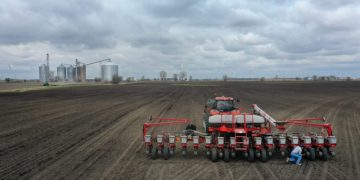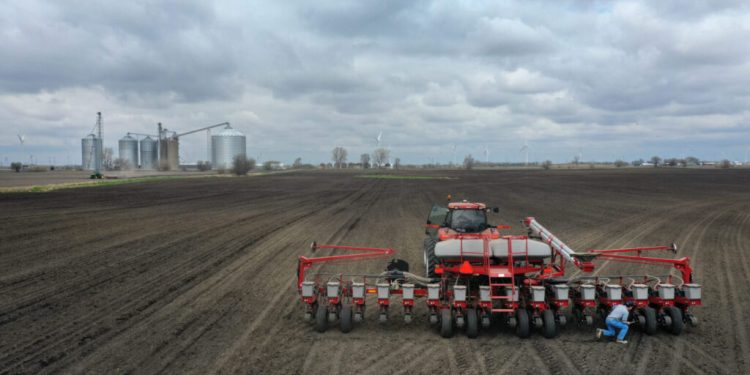#EPA #FormaldehydeRegulations #Agriculture #MontanaFarms #EconomicImpact #EnvironmentalProtection #Farmers #RiskAssessment #ScientificIntegrity
Montana, known for its breathtaking landscapes and thriving farmlands, is currently at the crossroads of a potential crisis. The U.S. Environmental Protection Agency (EPA), in its ongoing assessment and risk evaluation, is raising concerns about the use of formaldehyde—a chemical indispensable to the state’s 27,000 farms.
Formaldehyde, a vital building block in various agricultural products, plays a pivotal role in livestock disinfection, veterinary medicine, and crop yield enhancement. However, the EPA’s current trajectory indicates a departure from established scientific principles, with a risk evaluation that could exaggerate the dangers of formaldehyde, setting a precedent far below existing safety standards.
The impact of such a decision would reverberate across multiple sectors, including automotive, healthcare, construction, manufacturing, and, notably, agriculture—a sector contributing over $3 billion to Montana’s economy. Nationally, formaldehyde-related industries account for over $500 billion and nearly one million jobs, making any misstep in regulations a potential economic catastrophe.
Farmers, who invest billions in caring for livestock and crops, stand to lose significantly. Formaldehyde’s role in preventing disease-related losses, totaling $3.7 billion for poultry and $1.7 billion for pork annually, underscores its importance in maintaining a stable food supply chain. In Montana, where crop production alone is valued at $1.5 billion, the consequences of restricting formaldehyde could be severe.
The EPA must reevaluate its current stance to prevent an adverse domino effect on industries, national agriculture, and the economy at large. By adhering to sound science, incorporating decades of research, and considering global health organization guidance on safe formaldehyde levels, the EPA can strike a balance between environmental concerns and the practical needs of farmers.
The EPA’s potential shift in formaldehyde regulations poses a significant threat to Montana’s agriculture and the broader U.S. economy. Striking the right balance between environmental protection and the agricultural industry’s needs is crucial. It is imperative that the EPA heeds the call for scientifically grounded decisions to safeguard the livelihoods of farmers, the economy, and the nation’s food supply.































